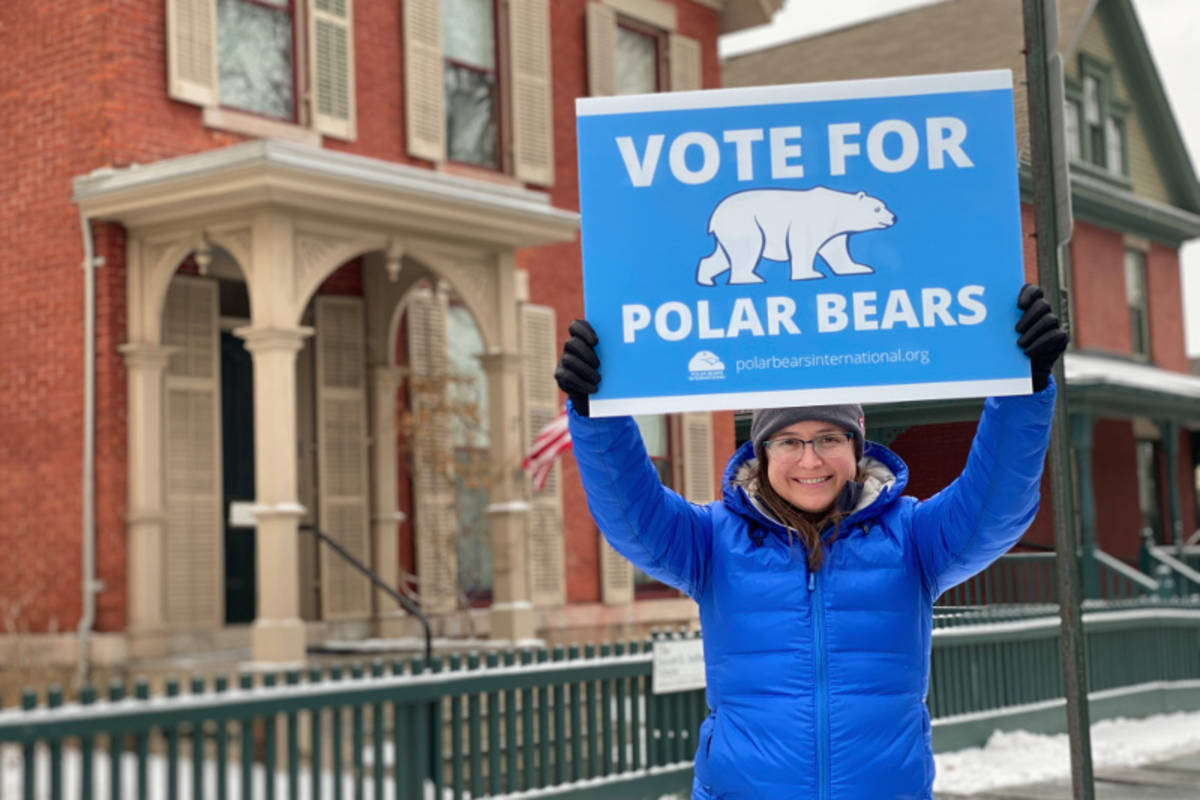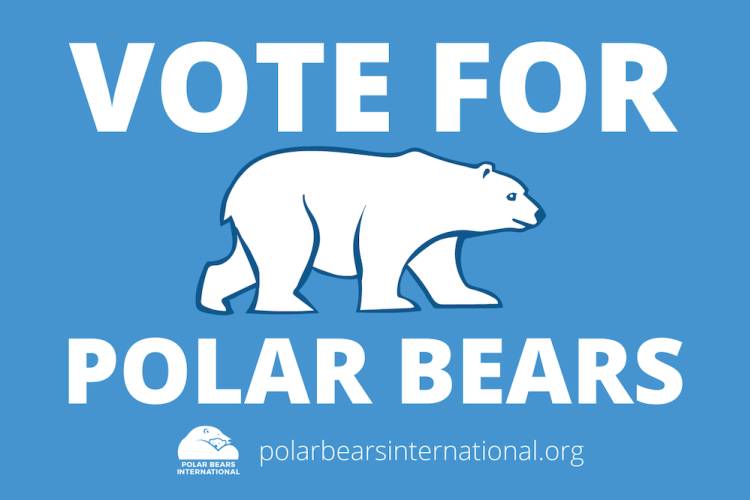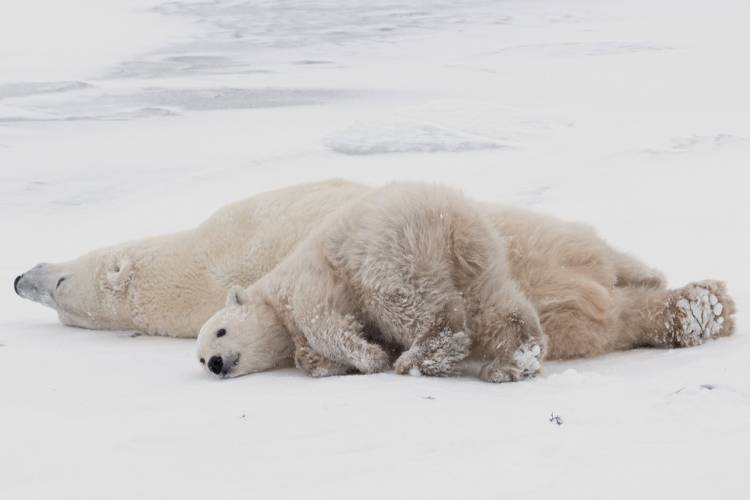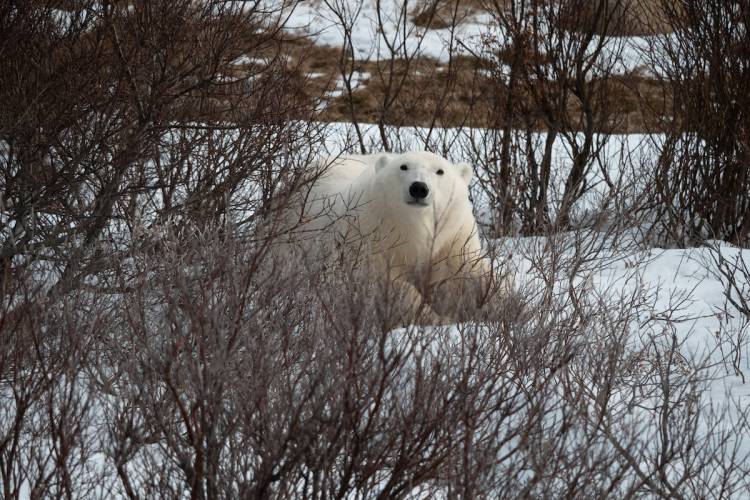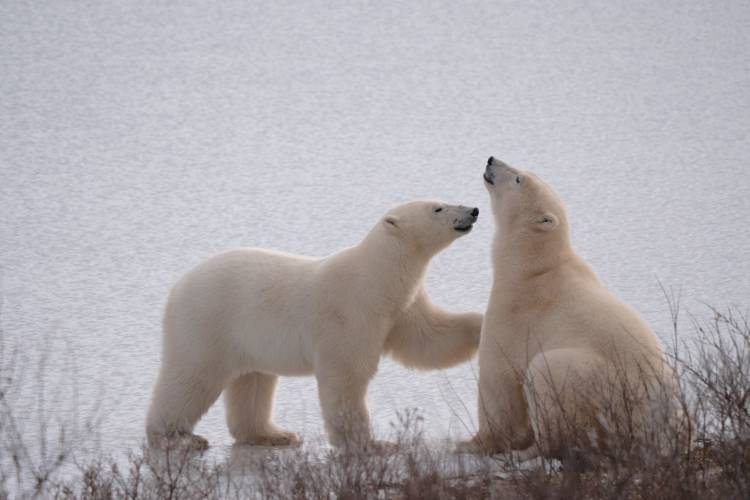In 1920—just over 100 years ago—women in the United States were finally given the right to vote. This change came about because of the passion and commitment of leaders like Susan B. Anthony, a champion of women’s voting rights, the abolition of slavery, labor rights, and equal pay for equal work—all systems of society that at one time met strong resistance from people in power.
Susan’s work showed us that real change happens when citizens come together to demand approaches and programs that work—and that, by uniting around a common cause, we can change the rules of the game.
As the programs director for Polar Bears International, I work with many of our conservation and education partners across the globe. One of the most common questions I’m asked is: “What can I do to help polar bears?”
For polar bears, the loss of sea ice habitat due to climate change is the single biggest threat. Polar bears rely on sea ice to hunt, breed, and sometimes den. But we can’t build a fence around the polar bear’s melting habitat and we can’t assign wildlife officers to guard the gate. Instead, the key to saving sea ice and getting the climate back to functioning the way it should is to greatly reduce carbon emissions, meeting the goal set at the Paris Climate Agreement to keep temperature rise to less than 1.5 degrees Celsius.
We can all do our part to reduce emissions through our day-to-day choices, but to achieve the level of reductions needed, we must focus our efforts on working to change systems and the rules of the game—just like Susan B. Anthony did! It’s time to get to work as a global society to demand that our leaders rethink and reduce our energy use.
In fact, the single most important thing that we can all do for polar bears is to TALK about climate change and to VOTE with the climate in mind, in each and every election., The U.S. is holding midterm elections next week and, once again, action on climate change is on the ballot. Can we count on you to vote for candidates who support climate action—helping to ensure the polar bears’ future and our own?

